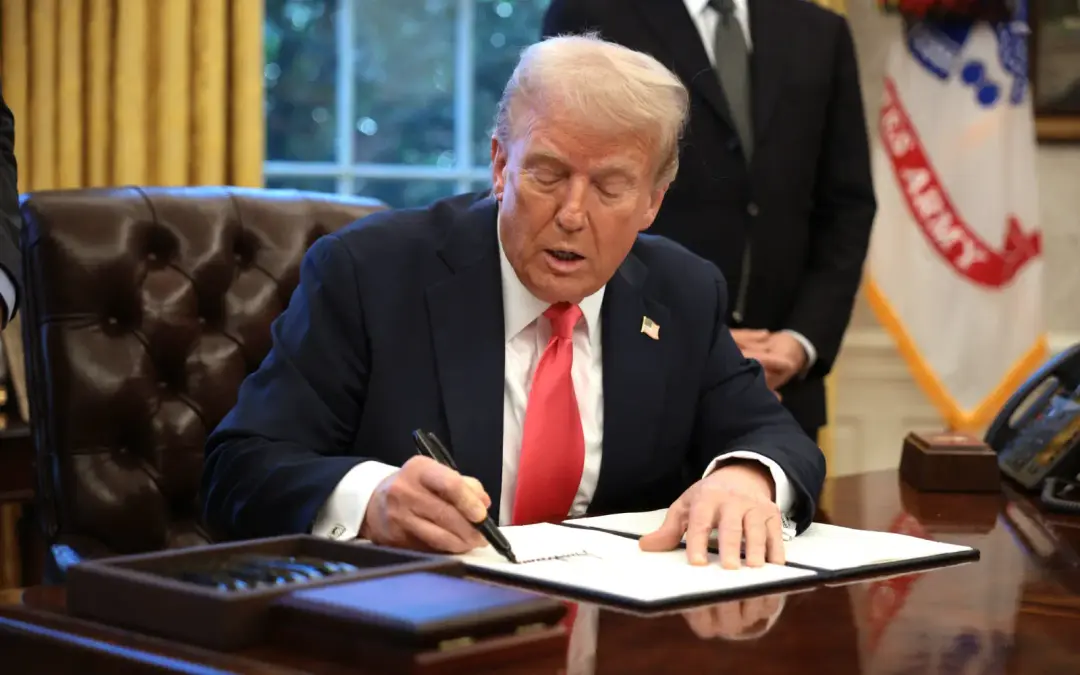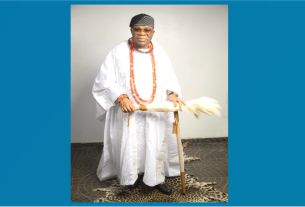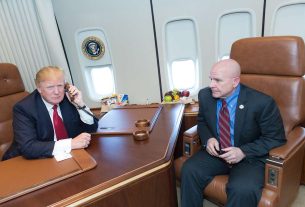President Donald Trump signed an executive order on May 1, 2025, directing the Corporation for Public Broadcasting (CPB) to eliminate all federal funding to National Public Radio (NPR) and the Public Broadcasting Service (PBS) by June 30. The order accuses both broadcasters of producing biased and partisan news coverage and mandates that affiliated stations cease using federal funds for these entities.
NPR and PBS receive a portion of their funding through CPB, which receives over $500 million annually from Congress. For fiscal year 2025, CPB’s appropriation was $535 million, with a significant portion allocated to local public radio and television stations. While federal funds constitute a small percentage of their overall budgets, the withdrawal of such support could impact operations, particularly for rural and smaller stations.
This move is part of a broader initiative reflecting the priorities of Project 2025, a conservative policy agenda gaining significant traction in Trump’s second term. Trump has nominated Russ Vought, a key Project 2025 author, to lead the Office of Management and Budget. Additionally, the Federal Communications Commission (FCC), under Trump’s leadership, has initiated investigations into NPR and PBS’s underwriting practices, raising concerns about potential violations of non-commercial broadcasting regulations.
In response, NPR and PBS have defended their independence and public service missions. PBS, for instance, recently shut down its Diversity, Equity, and Inclusion (DEI) office to comply with a previous executive order from President Trump aimed at rolling back workplace DEI efforts.
The decision to cut federal funding has sparked debates about journalistic independence and the role of public media in the United States. Critics argue that such actions undermine press freedom, while supporters contend that taxpayer-funded media should adhere to nonpartisan standards.
As the deadline approaches, NPR and PBS are exploring alternative funding sources to maintain their operations and continue providing educational and informational content to the public.



